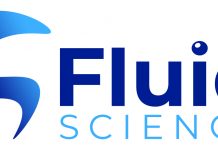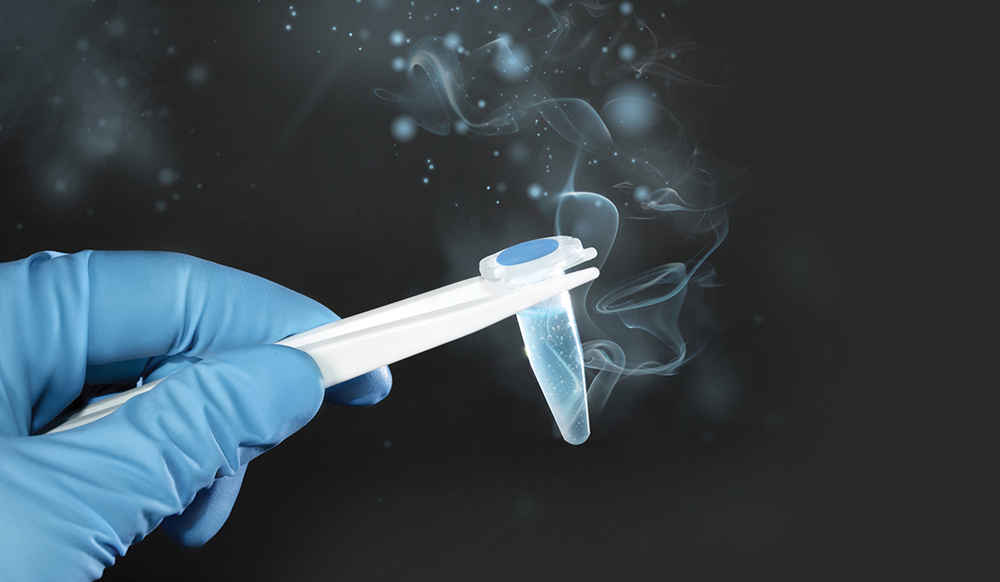Chemical Engineering students at the University of Chester’s Thornton Science Park have had the opportunity to be part of research taking place on site, into a new technology for carbon capture.
Energy experts at the University have been partnering up with local start-up energy company, PMW Research Ltd, over the research and development of continuous cryogenic separation – a new technology patented by sister company PMW Technology Ltd.
Removing carbon dioxide (CO2) cryogenically means that CO2 can be captured in a solid form. When exhaust gases containing carbon dioxide are cooled to a low temperature (around minus 100 degrees) the CO2 is deposited as a frost, which makes it easier to separate from the exhaust gases. The process goes through different stages – once the CO2 frost is formed, it is carried into a separate section, where it is warmed to recover the CO2. This can then be collected locally, before it is transported for injection deep underground for storage. The process’s patented concept is called A3C technology.
University students have been working with PMW Research Director Paul Willson and Dr Carolina Font Palma, Senior Lecturer in the Department of Chemical Engineering, to progress the research.
Dr Font Palma explains more: “Paul came to Thornton Science Park with a novel idea two years ago. Through the European Regional Development funded Eco-Innovation Cheshire and Warrington programme, we have been working with Paul, to take his concept through research and development (R & D). As you can imagine, the process for the cryogenic CO2 capture is fairly complex, so we are working in stages to get to the main objective.”
Through Eco-Innovation, PhD student, David Cann, has been assigned to the project. In the first stage of the process, he has been setting up a custom screw conveyor (a mechanism that uses a rotating helical screw blade) from a specialist supplier, to circulate metallic beads around the process. The beads will ultimately provide the cold surface onto which carbon dioxide will deposit as frost in future experiments.
Chemical Engineering students worked on the project as part of their University work placements. Second year student Katie Russell designed a frame/structure to host the screw conveyor using computer drawing software, and then constructed it with David Cann. Then first year student Jaskiren Bussan helped with designing experiments and in the initial testing of the screw conveyor.
Dr Font Palma added: “We are really pleased that the frame construction and the set-up of the screw conveyor have been achieved through student placements. Katie and Jaskiren worked hard with the support of Eco-Innovation Technician John Morris.”
The next stage in making carbon capture possible will be the installation of a column where the beads will be recirculated by the screw conveyor to be chilled and put into contact with the incoming exhaust gas to remove the CO2.
Paul Willson said: “I am delighted to see the progress on the experimental rig. Katie and Jaskiren have done excellent work under David’s guidance and with John’s support. They have made the first steps on the exciting progression which will see the core of the A3C process put to work.”











